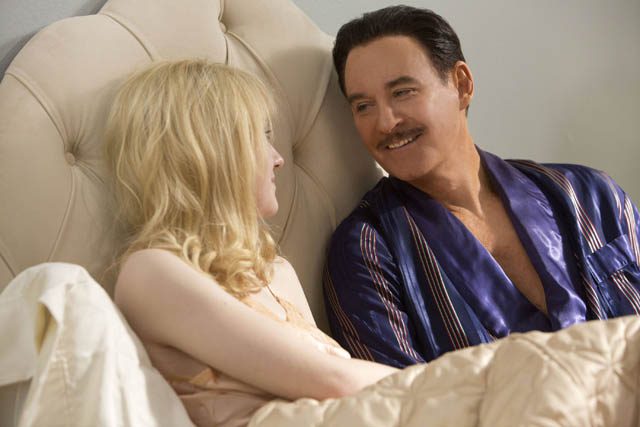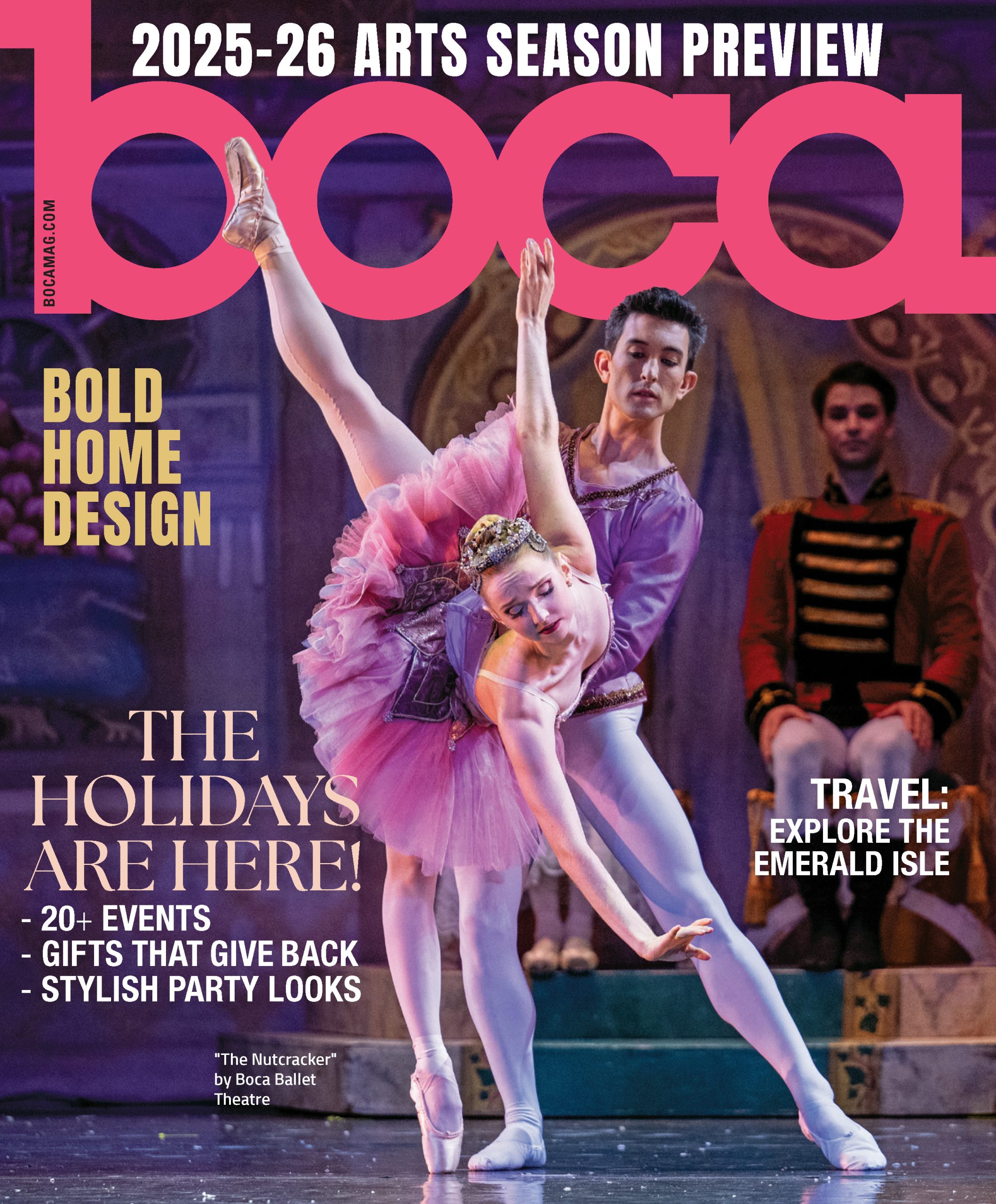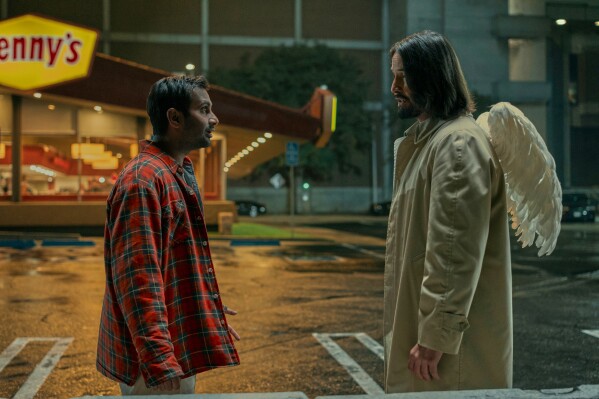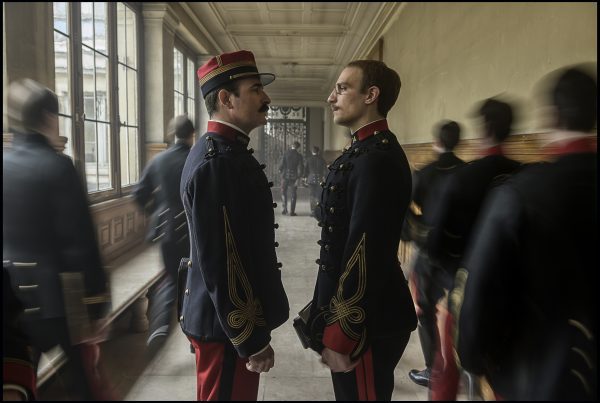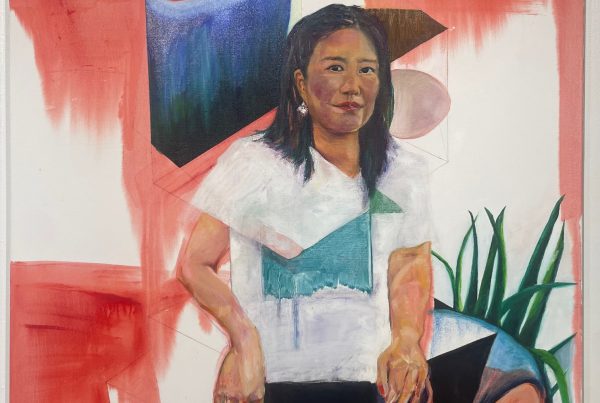
None of the central characters in the true-Hollywood biopic “The Last of Robin Hood” (opening in South Florida Friday) feel especially new. There’s Errol Flynn (Kevin Kline), every bit the charismatic, womanizing cliché of himself, buckling invisible swash with his arms even when balancing on the diving board of his pool. There’s Beverly Aadland (Dakota Fanning), the underage ingénue with no apparent talent but with a nubile body that perks Flynn’s insatiable libido. And there’s Florence (Susan Sarandon), the stereotypical ruthless showbiz parent, living vicariously through her offspring’s starry-eyed potential.
All of them comprise shopworn archetypes, which might be a complaint if these all-too-real people didn’t help create these archetypes. Just about everything in “The Last of Robin Hood,” written and directed by Richard Glatzer and Wash West, has a certifiable ring of truth. Familiarity, in this case, breeds occasional insight.
The movie is set during the final two years of Flynn’s life, circa 1957 to 1959, a lovingly recreated playground of vintage cars and martinis and three-piece suits and manicured hedges that pop with color. But in the age of television, Flynn’s star isn’t as marketable as it used to be. Gazing out onto the studio lot at the beginning of the movie, he notices one final virgin to deflower: Beverly, whom he later christens “Woodsy,” short for “wood nymph”—a talentless, 15-going-on-21-year-old chorus girl who, with a few disingenuous plaudits from the mustachioed millionaire, might just wind up on a Hollywood marquee. At least that’s how her mother Florence justifies the blind eye she casts toward her daughter’s unseemly relationship with the serial philanderer.

This is where Glatzer and West might differ from a more simplistic approach, one that would view Flynn as the sole corrupter—the lecherous criminal pursuing jailbait and protected by his celebrity. But Kline’s Flynn is essentially a charming, childish id from whom adult behavior is never expected, or even understood. It’s Florence, despite Sarandon’s own considerable star power, who is the film’s most callow and shameful character, willingly deluding herself into believing Flynn’s purportedly “innocent” advances on her daughter, against her husband’s straightforward wisdom (Flynn is “a walking penis!” he says, in one crackling scene). “The Last of Robin Hood” is not a moral harangue about sex and scandal; it’s a potent statement about the lengths some will go to get themselves, or their families, ahead in Hollywood.
“The Last of Robin Hood” might not be a thrill-a-minute, but it’s perceptive, and it spreads its lacerating critique far and wide. All three characters, at various points, come off as both tragic figures and sowers of their own fate. All, unquestionably, are victims of the gutter-press scourge that still documents, and distorts, celebrity culture today. We know all of this, and we know these characters without even knowing them—but it’s still a pleasure to watch the inevitable unfold with such skill and poise.
“The Last of Robin Hood” opens Friday at Regal Shadowood 16 and Living Room Theaters in Boca Raton, Movies of Delray, Movies of Lake Worth, The Classic Gateway Theater in Fort Lauderdale, AMC Aventura 24, Regal South Beach 18, the Tower Theater in Miami, and AMC Sunset Place 24 in South Miami.

